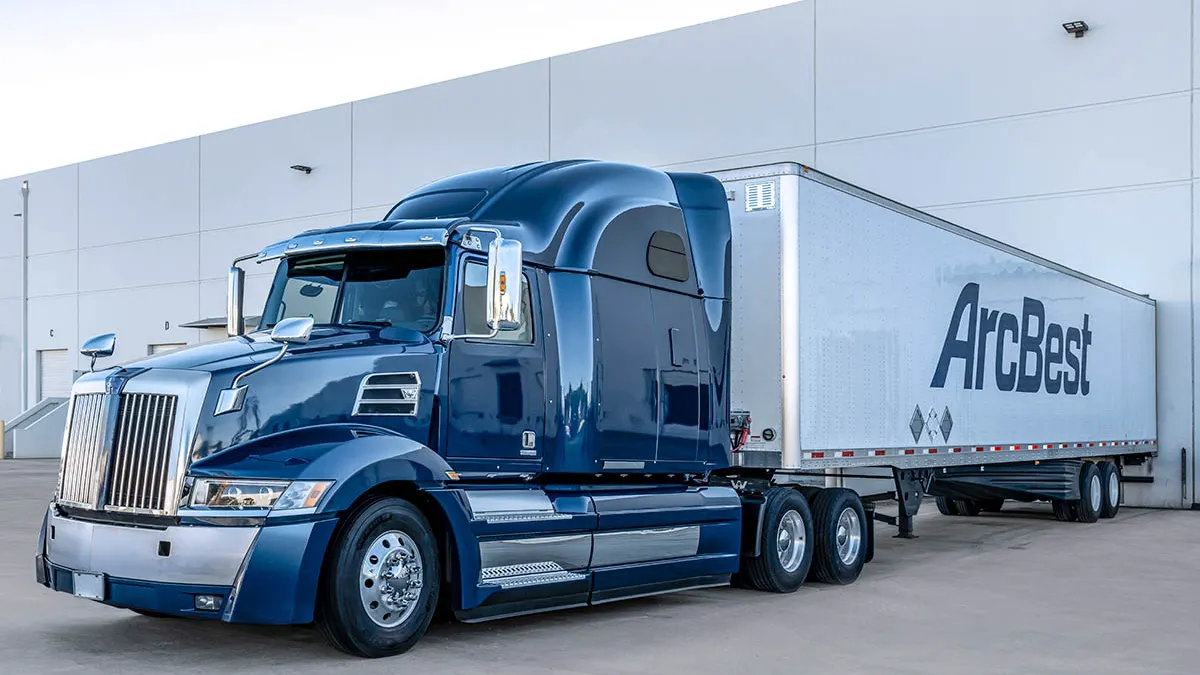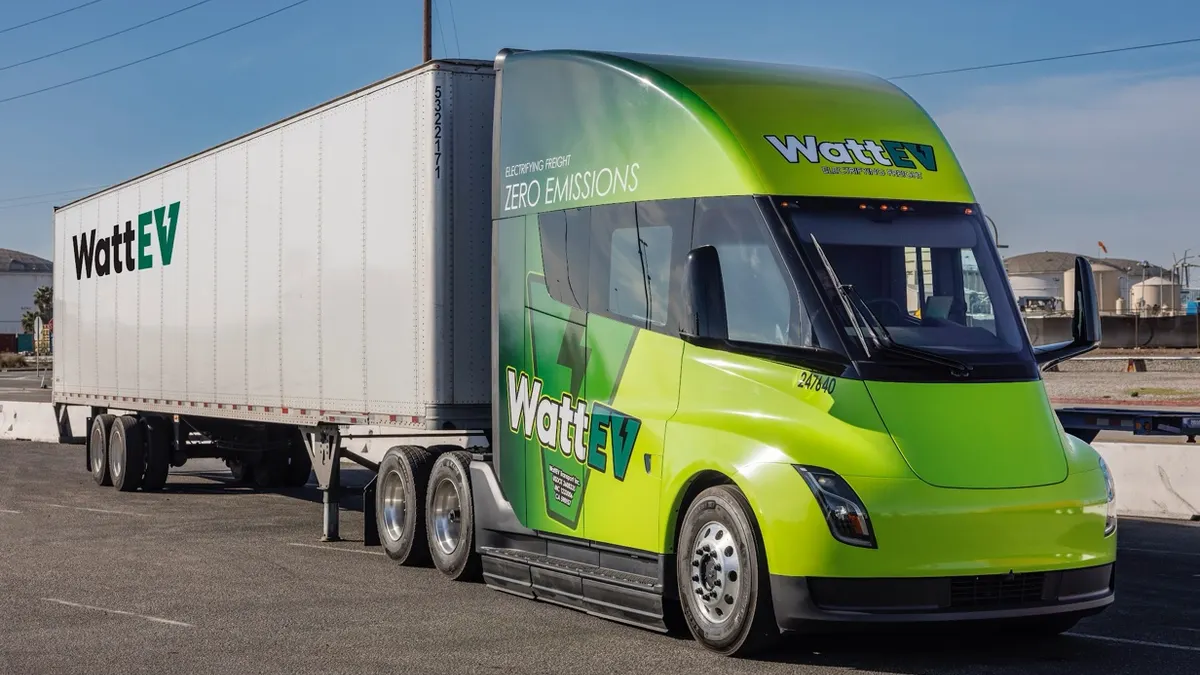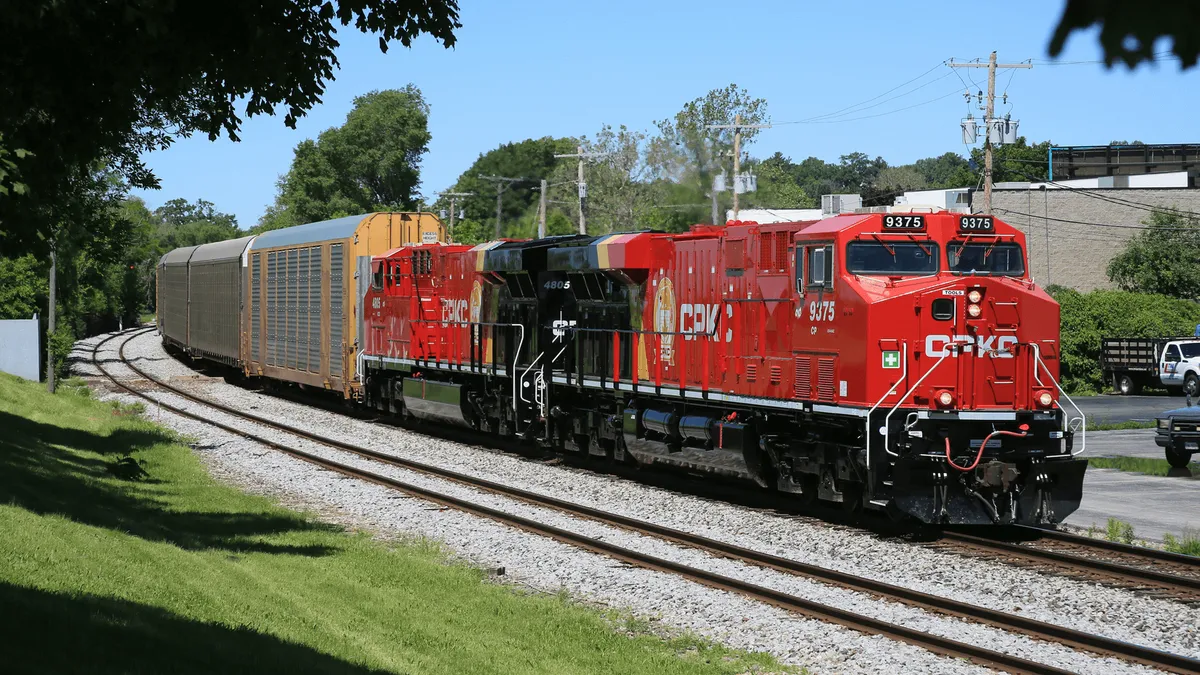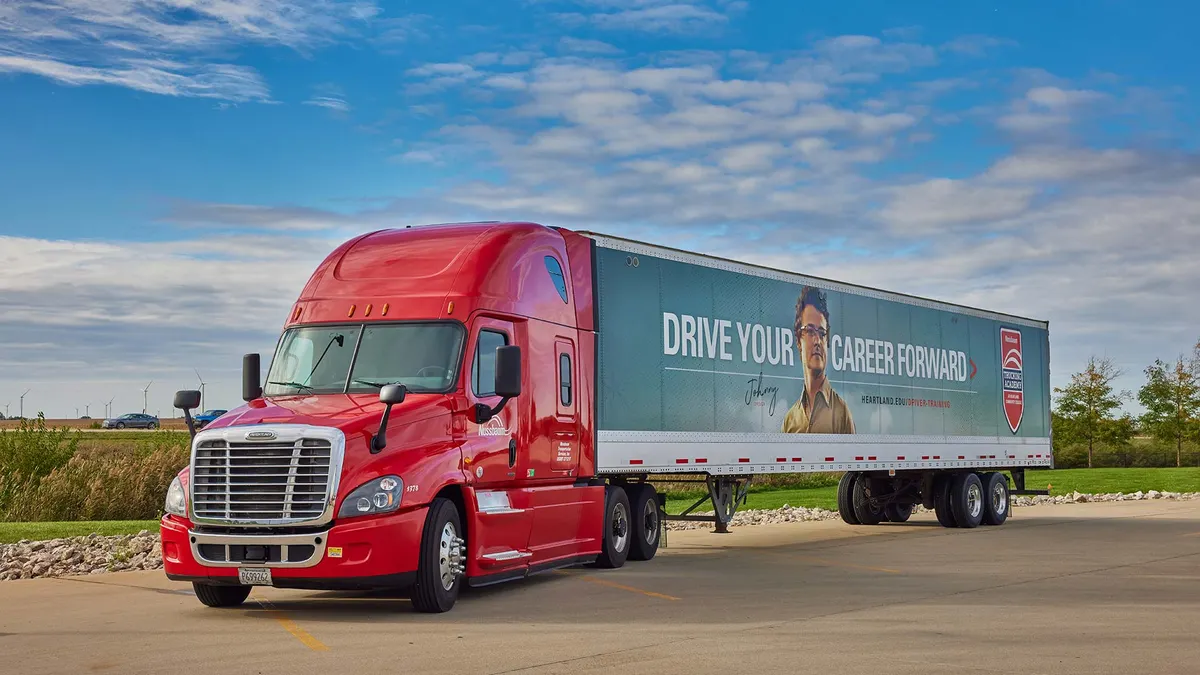Federal safety officials took a step forward in getting fully autonomous vehicles on the road with the release of safety standards for cars that do not contain steering wheels or traditional drivers seats.
The rule released this month by the National Highway Traffic Safety Administration (NHTSA) anticipates a future where automakers come out with cars that have fully automated driving systems. The agency lays out rules meant to protect occupants in autonomous vehicles (AVs) and applies to passenger vehicles as well as trucks. The rule includes language both for automated equipped trucks with a human safety driver, as well as future occupant-less trucks.
The agency made it clear that many of the provisions do not apply to occupant-less vehicles, or trucks solely designed to carry cargo without a human driver. But regulators also noted the need for further investigation into crash safety issues with fully automated commercial trucks.
"It is possible that manufacturers of occupant-less vehicles might tolerate increased risks to other road users in the interest of protecting their own cargo," the agency said. "Potential crash compatibility implications relating to occupant-less trucks is an area of interest for the agency and warrants further examination."
Lawmakers have paid closer attention to autonomous vehicles as more companies push to roll out the technology, including TuSimple’s first fully autonomous semi-truck run on open public roads in December last year.
The move marks a first-of-its-kind recognition from the U.S. Department of Transportation that not all cars will have a steering column, drivers seat and pedals. Ariel Wolf, general counsel for the Autonomous Vehicle Industry Association, said in a statement the rule is “an exciting step toward safer roads, transformed mobility and new economic opportunities” with AV development.
Bryant Walker Smith, associate professor of law at the University of South Carolina and an affiliate scholar at the Center for Internet and Society at Stanford Law School, said the long-awaited rulemaking is a “big step” in the regulatory process for driverless cars. The regulatory changes, he said, will make it easier for automakers to release cars with automated driving technology without seeking exemptions from NHTSA. For example, the NHTSA rule details considerations like airbags, seat placement and windshield materials in a car that may not have a traditional driver’s seat or steering column.
However, Smith said, it is not a blanket approval for driverless cars and won’t change the testing that companies are doing in some states and cities that have opened the door to AV pilots.
"This is an indication that NHTSA is proceeding with its regulatory process. It does not change the very permissive regimes in some states like Arizona or the more regulatory-focused regimes in California and other states," he said.
American Trucking Associations has pushed for trucking companies to be included in discussions surrounding autonomous vehicle rules for years. The industry group was in favor of rule changes specifically to standards applying to trucks with a gross vehicle weight rating (GVWR) greater than 10,000 pounds.
The rule, which have been in the works for years as automakers pressed forward on AV technology, is part of a regulatory push industry stakeholders and policymakers have been anticipating. NHTSA is still set to release a framework for automated driving systems safety.
A 2020 policy document says the agency is also working on alternative metrics and safety assessment models for AVs along with rules regarding functional safety, human controls and accessibility considerations. Additionally, NHTSA has been gathering information about crashes involving autonomous vehicles, which some have seen as a move away from the government's traditionally hands-off approach to AV pilots.
Congress has debated comprehensive AV legislation for years, but no bill has emerged.
“As the driver changes from a person to a machine in ADS-equipped vehicles, the need to keep the humans safe remains the same and must be integrated from the beginning,” said NHTSA Deputy Administrator Steven Cliff in a statement. “With this rule, we ensure that manufacturers put safety first.”
Safety advocates say it will be incumbent on federal agencies to not just permit automated driving systems, but to ensure that those systems meet the same safety requirements as vehicles currently on the road. Cathy Chase, president of Advocates for Highway and Auto Safety, said that while the organization is supportive of new technology that could make driving safer, it wants assurance that there are minimum performance standards.
“Without standards, we are all unwitting participants in a big science project happening on our roadways,” Chase said. “The more vehicles that are out there without regulation, the more we are putting vulnerable road users in danger.”
Kate Magill contributed to this story



















